Spanish Cooking 101
Unlock the Flavors of Spain, One Dish at a Time!
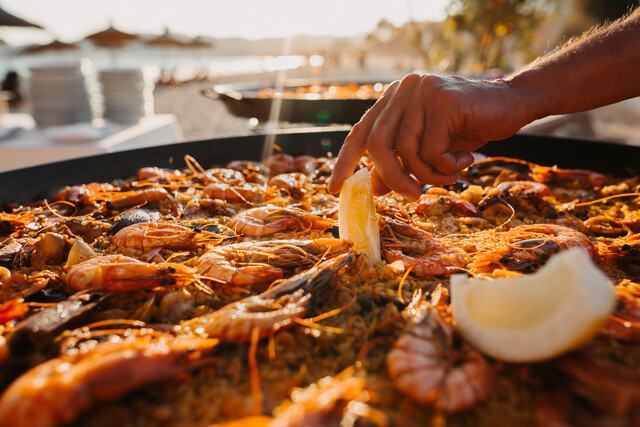
3 Hours average completion time
0.3 CEUs
12 Lessons
12 Exams & Assignments
86 Discussions
12 Videos
24 Reference Files
135 Articles
Mobile Friendly
Last Updated December 2025
Unlock the Delights of Authentic Spanish Cuisine
Spanish cuisine is more than just food; it is a symphony of flavors, textures, and aromas that brings to life the vibrant spirit of Spain. With its warm sun, rich soils, and coastal abundance, Spain offers a culinary experience that mirrors its lively culture -- combining leisurely enjoyment with passion and flair.
Course Overview:
This comprehensive course, comprised of 12 enriching lessons, offers an immersive journey into the heart of Spanish cooking. Designed to suit both the enthusiastic beginner and the seasoned chef, each lesson dives deep into traditional recipes, complemented with vivid imagery guiding you through each step.
A Glimpse into the Spanish Culinary World:
Starting with an engaging overview of the Spanish culinary landscape, we'll explore the historical and geographical influences that have shaped Spain's palate. The story of Spanish cuisine is intertwined with its history, from the Moors' influence in the south to the fresh seafood traditions of the northern coasts.
From the comforts of your kitchen, you'll delve into the world of tapas, those delightful little dishes that Spaniards have perfected. Imagine the richness of olives marinated in zesty spices, the hearty goodness of a classic tortilla Española, or the spicy allure of gambas al ajillo.
And it's not just about tapas! Our lessons branch out into the broad spectrum of Spanish main courses. Discover the magic of dishes like pollo al ajillo (garlic chicken) or a hearty beef stew infused with the smoky flavor of Spanish paprika. Dive deep into the refreshing world of Spanish salads that burst with colors and fresh flavors. And, of course, no Spanish culinary journey would be complete without indulging in the treasures of the sea. Learn to master dishes like paella de marisco or the simple yet flavorful gambas a la plancha.
Culminating with Spanish Wines:
What better way to round off this culinary journey than with a dive into the world of Spanish wines? Spain, one of the world's premier wine producers, offers a variety that ranges from the sparkling Cava to the robust Rioja. Our concluding lesson will guide you on pairing the perfect wine with your meal, ensuring a dining experience that's nothing short of perfection.
Why Enroll in this Course?
Whether you've relished tapas on a balmy evening in Seville or are just beginning to discover Spanish flavors, this course offers a unique experience. Each lesson is carefully crafted to ensure you grasp the essence of the dish, from its origins to its presentation.
We understand that the best dishes aren't just about following recipes but about immersing oneself in the process. As you navigate through these lessons, we encourage you to embrace the Spanish approach -- find joy in the process, be intuitive, and, most importantly, savor every bite.
By the end of this course, not only will you have a repertoire of authentic Spanish dishes at your fingertips, but you'll also carry with you a piece of Spain's soul. The joy of sharing a meal you've prepared is unparalleled, and with the skills you gain here, every dinner can become a fiesta!
Course Breakdown:
- Lesson 1: Spanish Cuisine - An Introduction
- Lesson 2: Dips: More than just sauces; they're an experience.
- Lesson 3: Olive Dishes: The heart of Mediterranean flavors.
- Lesson 4-6: Tapas: A trilogy exploring Spain's favorite culinary tradition.
- Lesson 7: Main Meals - Chicken: Poultry like you've never tasted before.
- Lesson 8: Beef Dishes: Rich, robust, and raring to delight.
- Lesson 9: Salads: A celebration of freshness.
- Lesson 10-11: Seafood: Two lessons dedicated to Spain's maritime treasures.
- Lesson 12: Spanish Wine: The crowning jewel of Spanish gastronomy.
Join us on this unforgettable culinary adventure, and bring the zest and zeal of Spanish cooking right into your home!
- Pair Spanish wines with regional dishes
- Understand Spanish flavor profiles and aromas
- Create classic Spanish tapas dishes
- Master authentic Spanish cooking techniques
- Prepare delicious Spanish seafood recipes
- Enhance dishes using Mediterranean ingredients
- Explore Spanish culinary history and influences
- Foster creativity in culinary expression
-
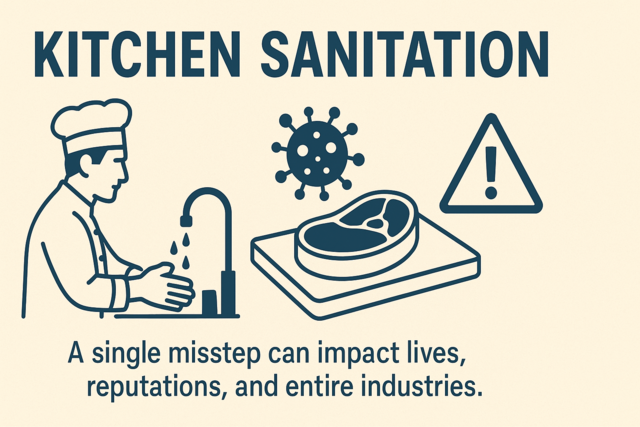
Kitchen Sanitation
-
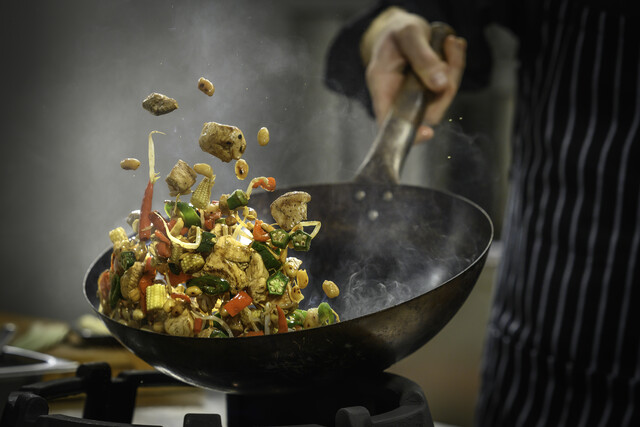
Cooking Class Bundle: 5 Cooking Courses
-
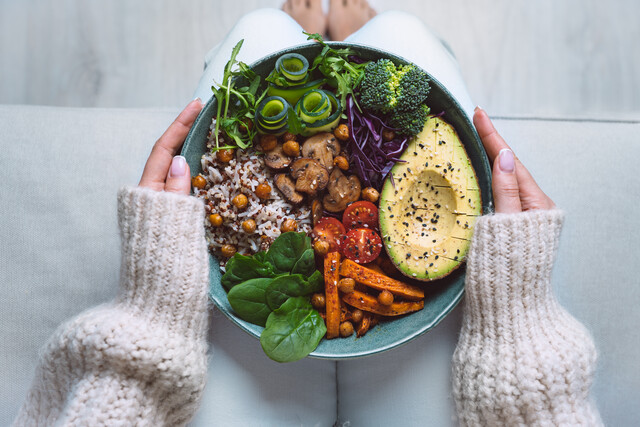
Vegetarian Living: Discover the World Beyond Meat
-
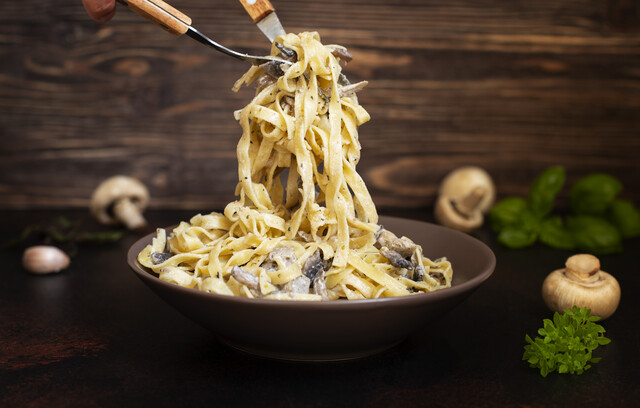
Italian Cooking 101
-

Restaurant Management Mastery
-

GED Test Preparation
-

Understanding Addictions
-

Bartending and Mixology 101
-
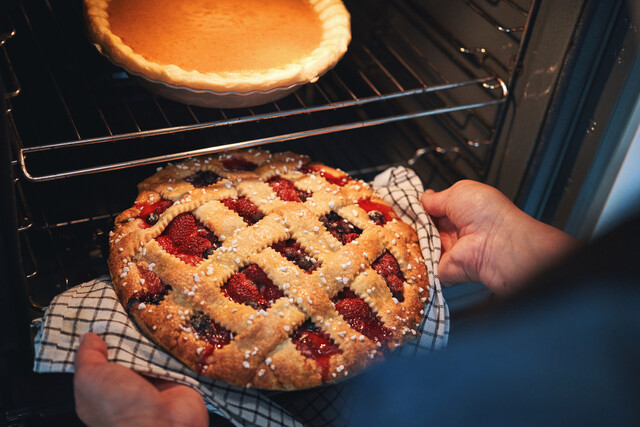
Pie Baking 101
-

Tea Party Mastery: From Brew to Ambience
-

All About Herbs
-

Nutrition 101
-

How to Care for House Pets
-
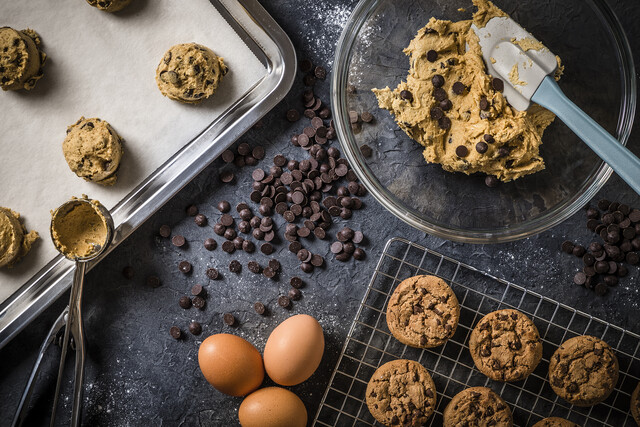
How to Bake Cookies
-

River Rhythms: A Beginner's Guide into Canoeing
-

Weight Training
-
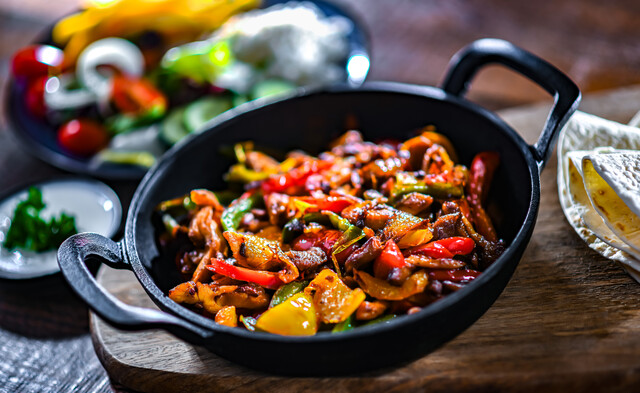
Tex Mex Cooking 101
-
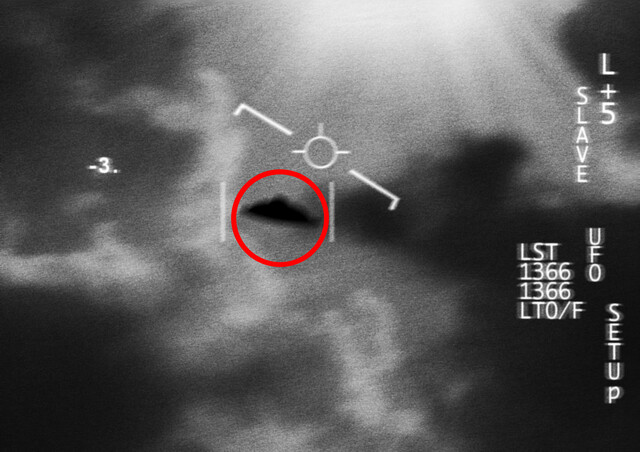
UFO Studies
-
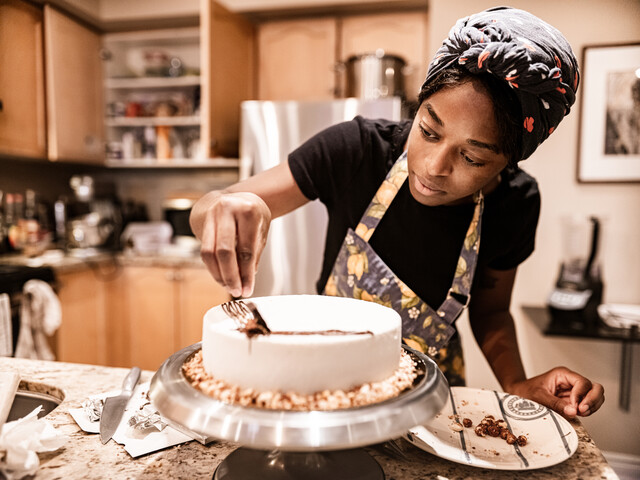
Cake Decorating
-
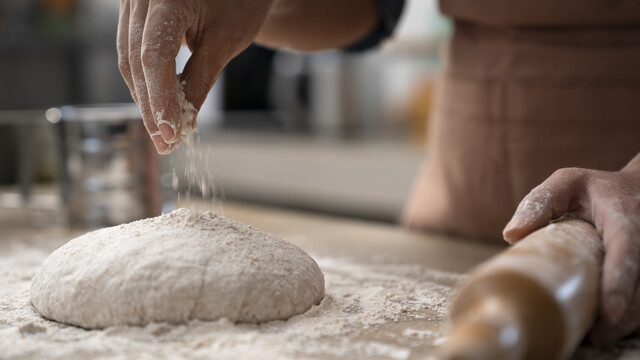
Beyond the Crust: The Heart and Soul of Bread Baking
-

How to Draw 101
-
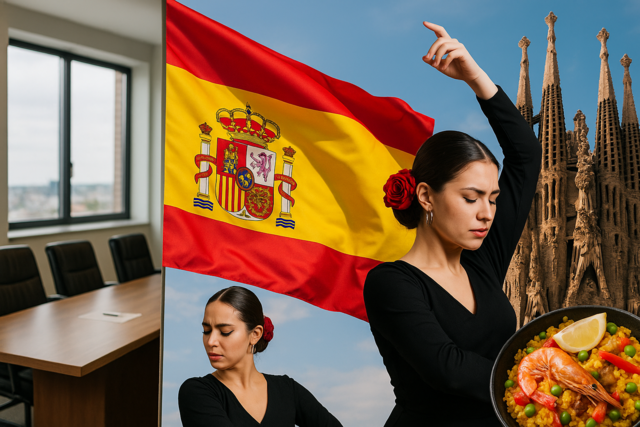
Spanish Culture 101
-
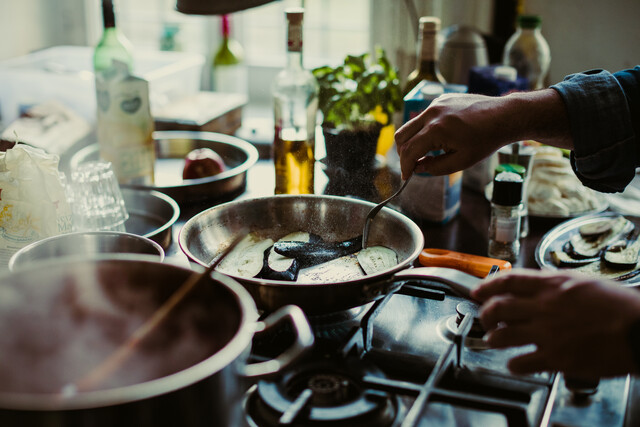
Cooking and Baking 101
-
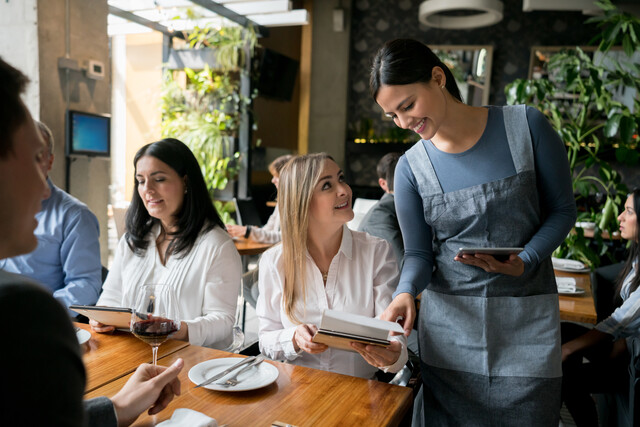
The Professional Waiter: Learn Elite Table Service
-

Lean Management